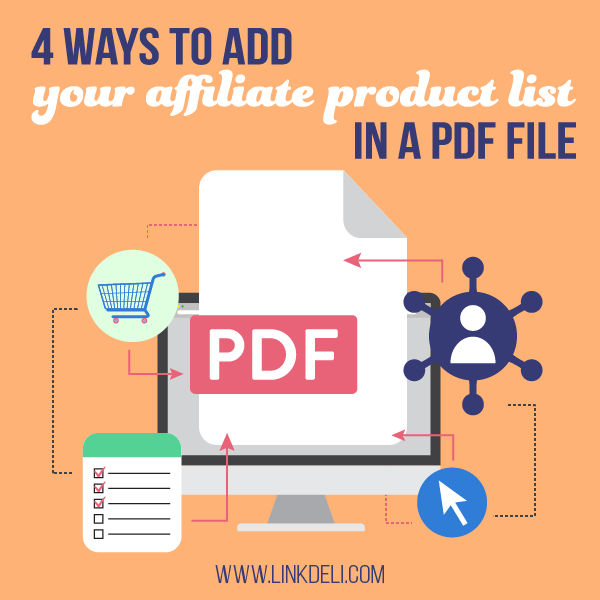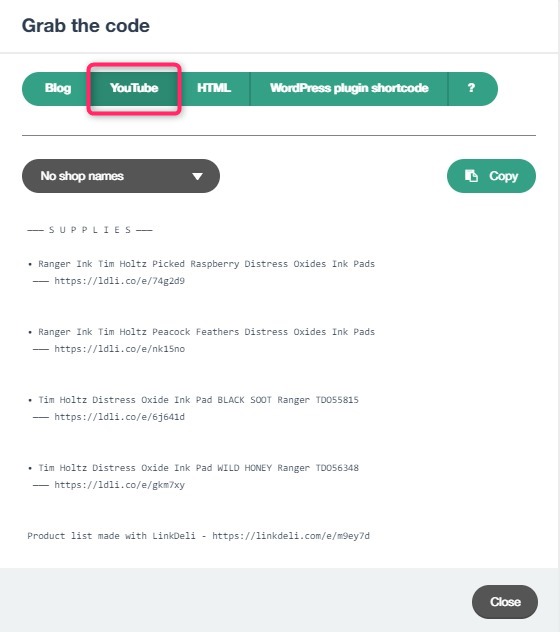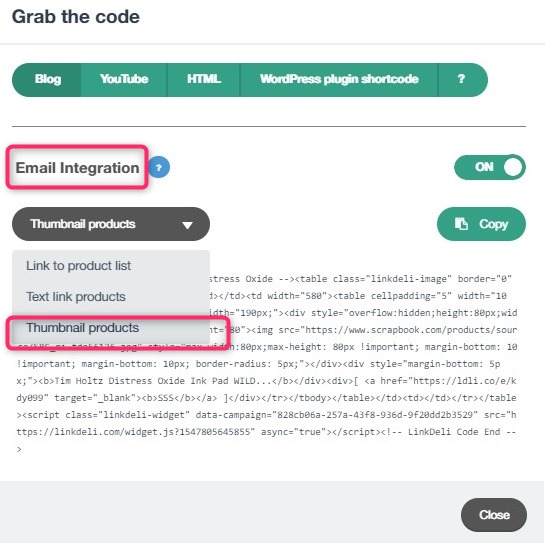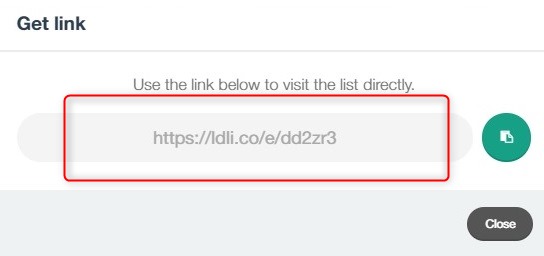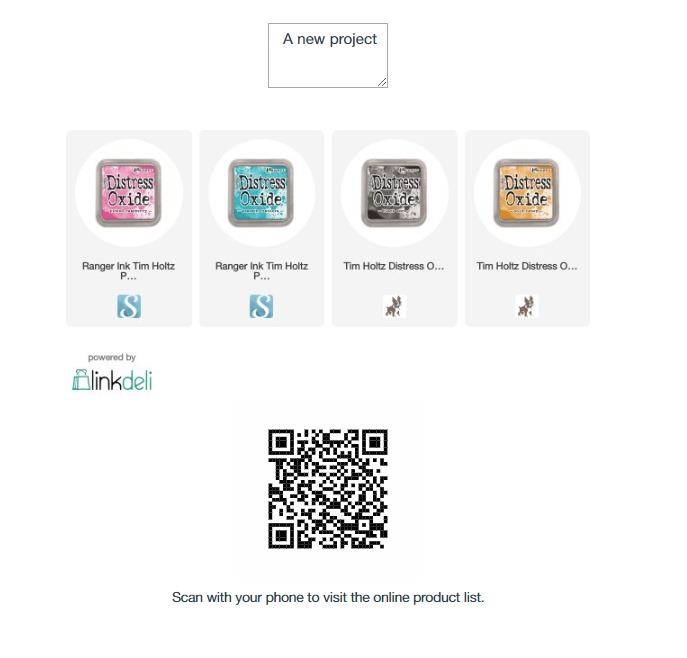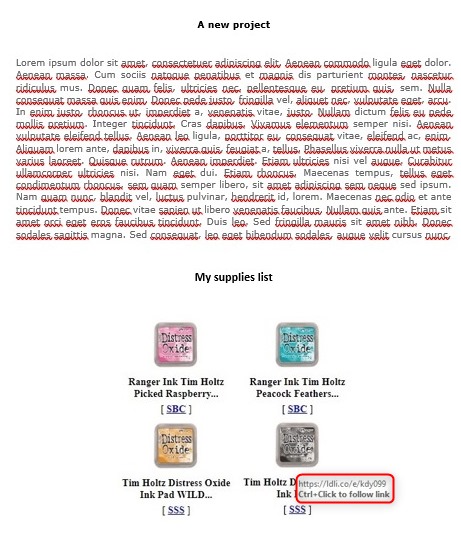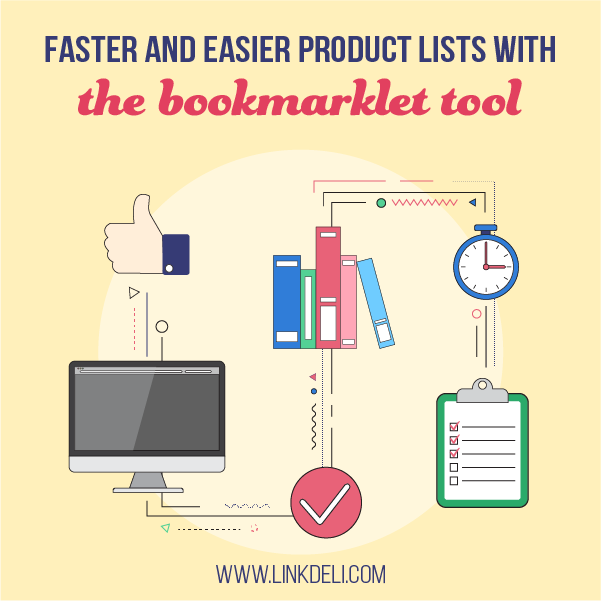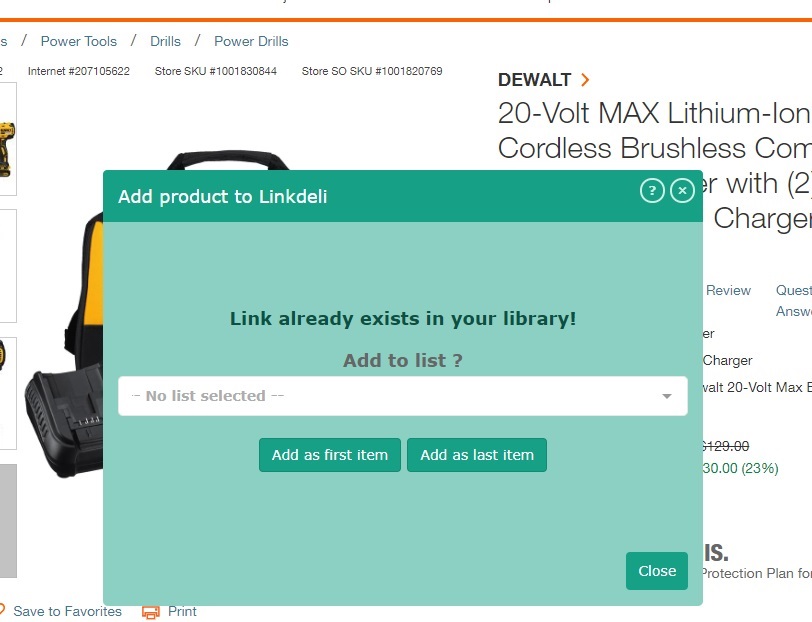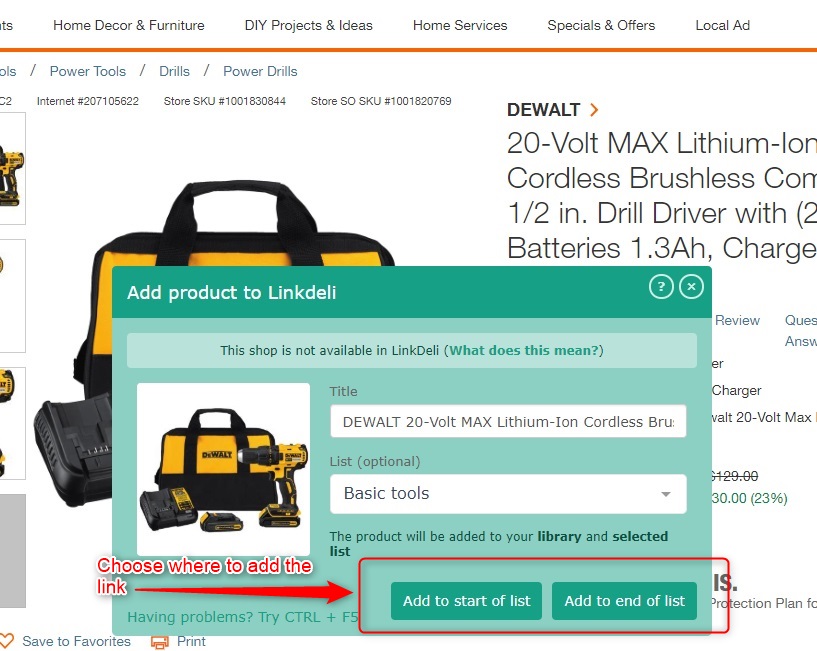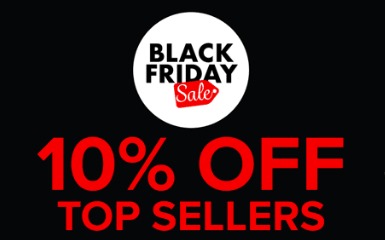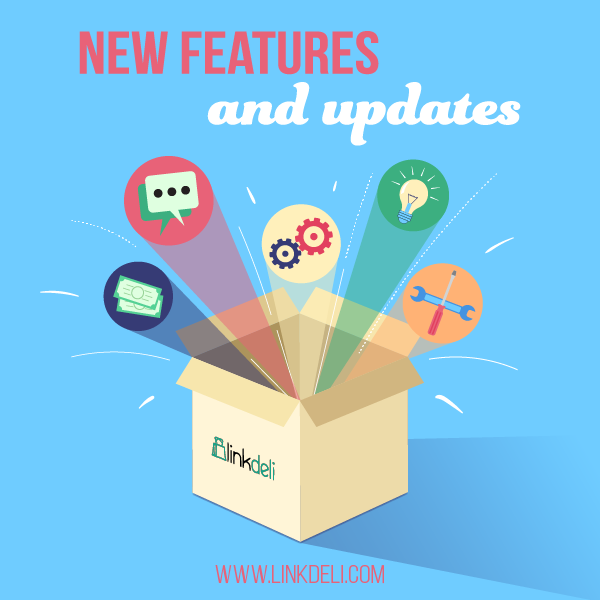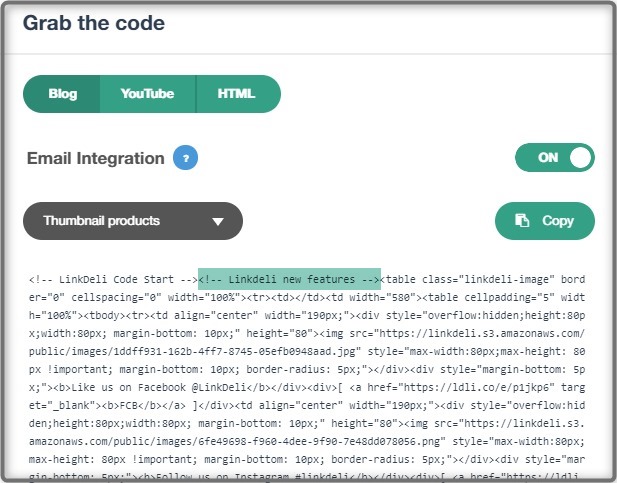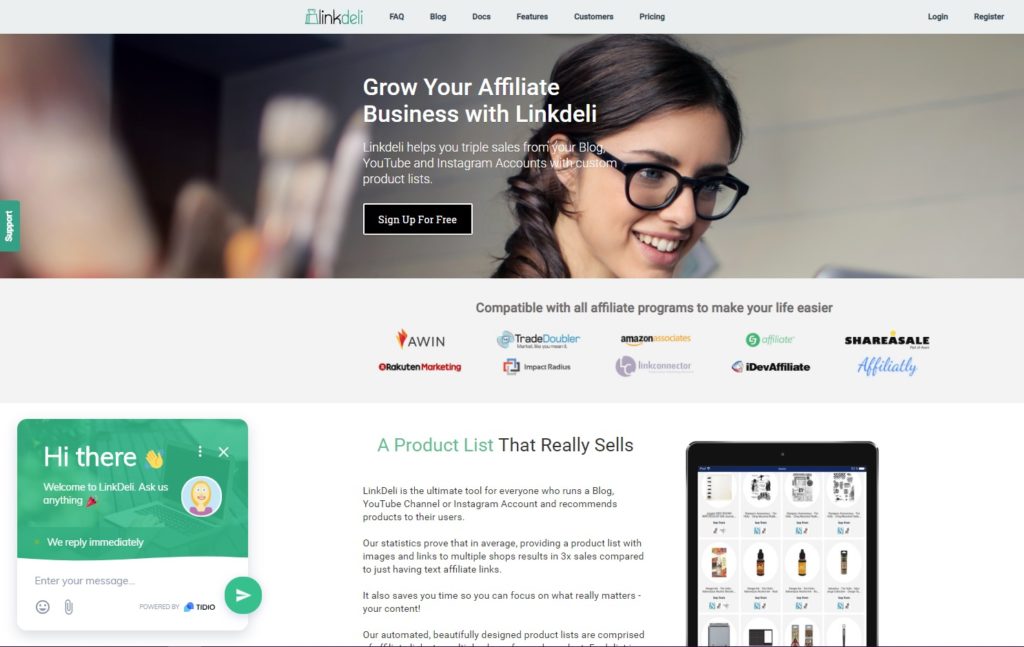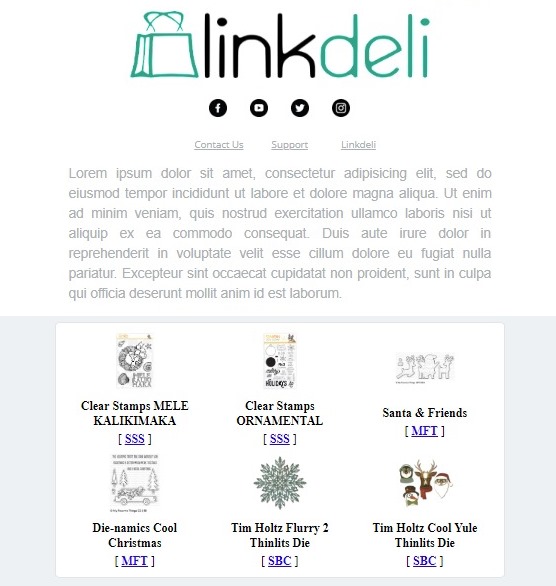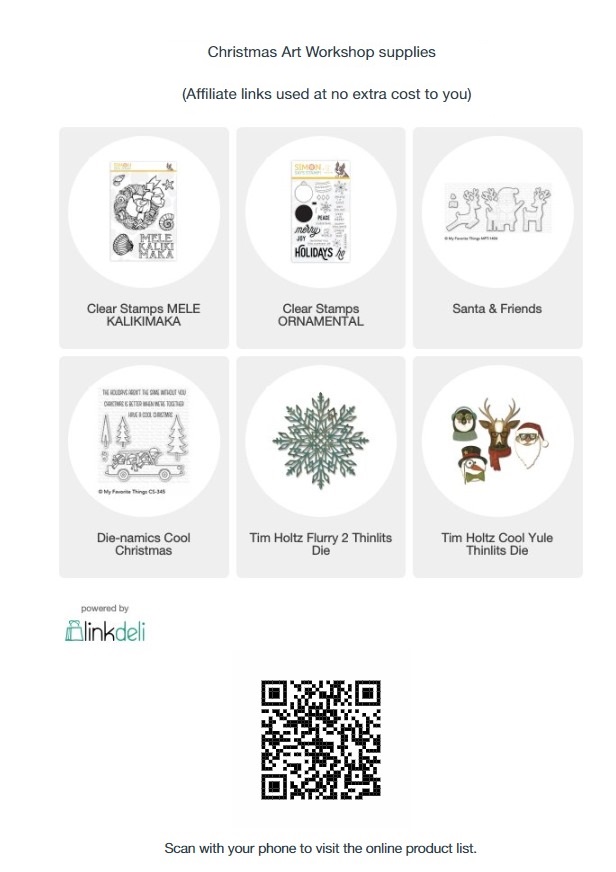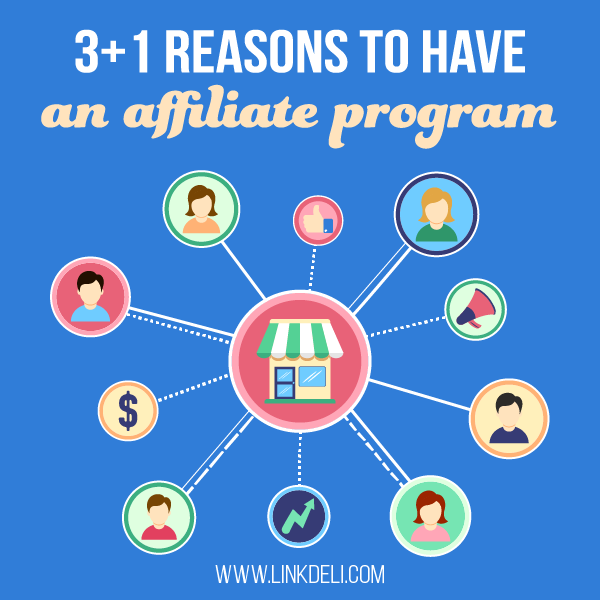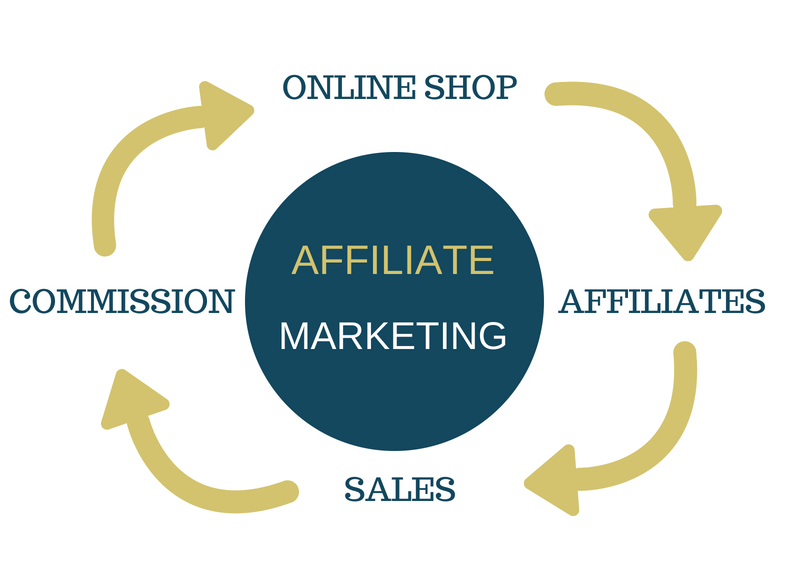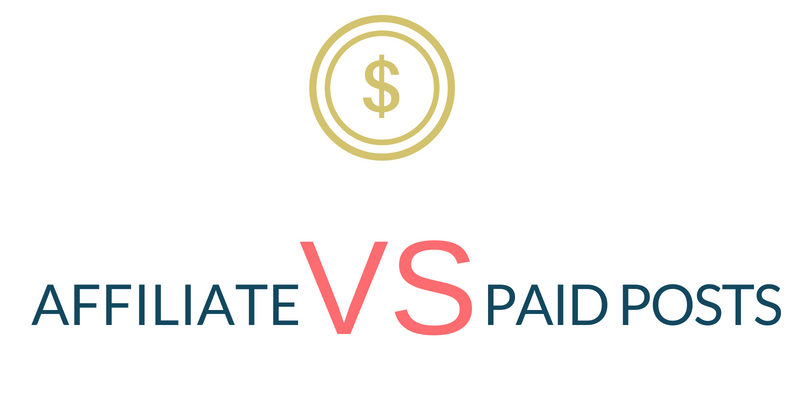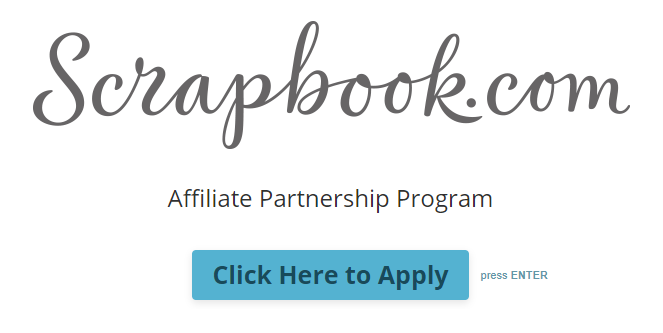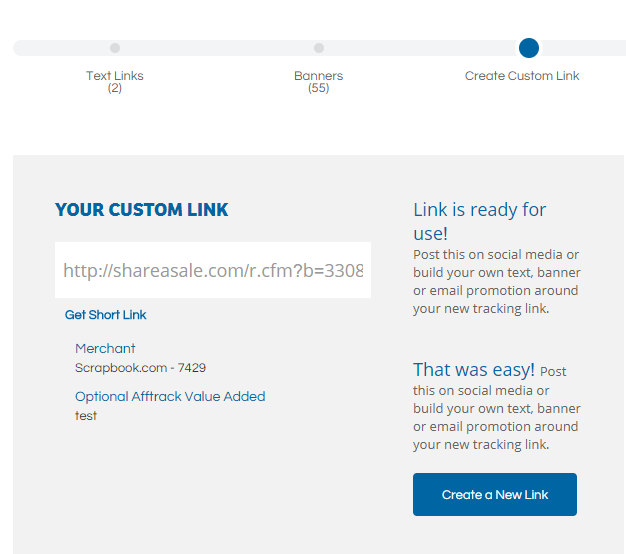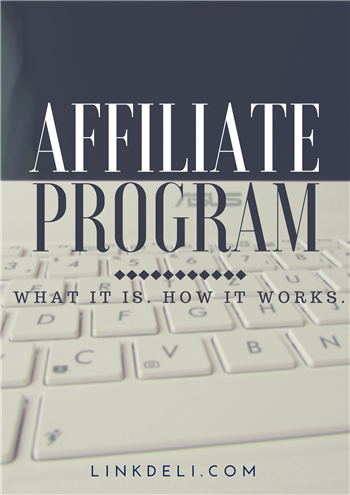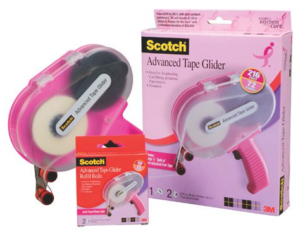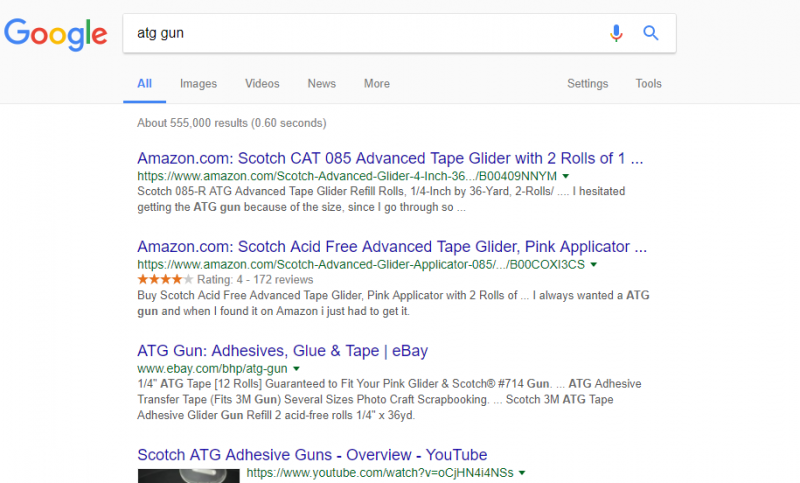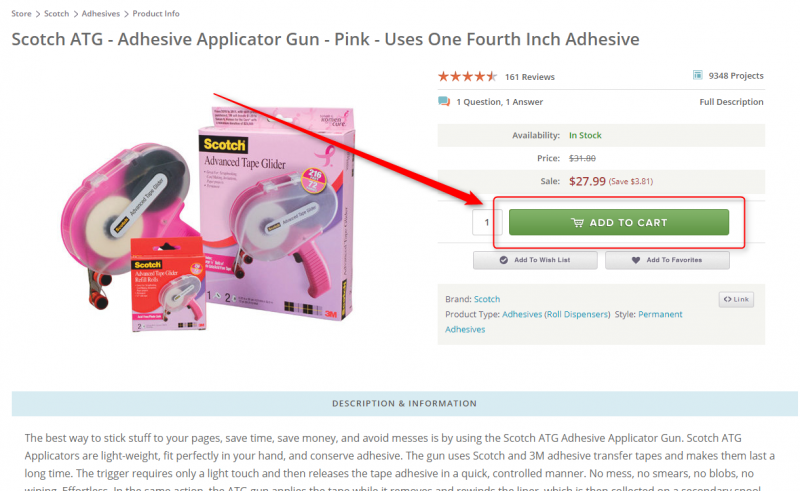Affiliate marketing is an evident trend in online industry and one of the most effective and lucrative ways for bloggers to diversify their income. On one hand, more and more bloggers are getting involved in affiliate marketing to monetize their blogs and channels, and on the other hand, more and more merchants are getting involved in this affiliate relationship looking for partners to promote their products or services. As affiliate marketing is blooming, the real challenge for affiliate bloggers is to find ways to stand out in online marketing and maximize their affiliate revenues while keeping the minimum risk.
So, in this competitive industry, how can a blogger become successful as an affiliate partner and avoid failure?
The following key points will help you get on the right track before starting any affiliate relationship.
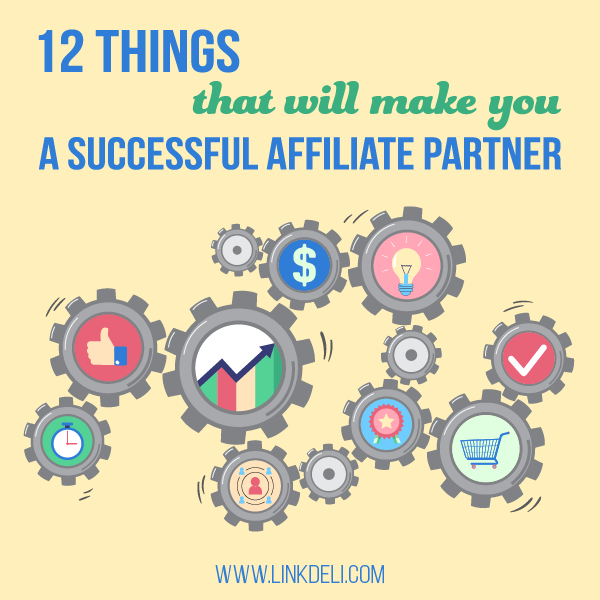
Get Involved With Proven Affiliate Programs
While searching for an appropriate affiliate program to join, you will soon discover that there are thousands of similar programs out there. Some of these programs operate through big affiliate networks, while others are independent and run in-house.
But how will you discern which ones are reputable and can bring you results (aka money in YOUR house)?
To help you out with this, we have compiled a list of the most important qualities that an affiliate program should have:
Product Range And Quality
In affiliate marketing the key for a blogger to be successful is to promote only the best products that are relevant to his audience’s needs. Not all programs offer quality products nor do all affiliate networks list quality merchants. Poor product quality leads to a high refund rate and ultimately to unsatisfied audience. So, you need to be careful while choosing programs to join. If you really want to be successful in affiliate marketing, you need to search for programs which offer a large variety of products that fit your niche, and at the same time, offer those products at reasonable prices.
→ Read below about how you can check quality of products
Most affiliate programs require an approval process before joining them. Although, this may be deterring for a new blogger, it is also a mechanism that ensures quality and security regarding products, merchants and affiliates.
Commission Rate
Affiliate marketing is known for its convenience and it is considered one of the most lucrative business models, but still, it can’t make you rich overnight. So, it is better not to get dragged away by programs that are trying to lure you with fake claims. Make sure to search for those programs that are proven and reliable and offer high commission rates for products in your niche.
Commission rates vary from product category to category, so you need to look for the most profitable deals for you.
Here are a few things you should pay attention to!
You may come across affiliate programs – usually independent – that offer very big commissions, but in the end, you won’t get paid! Another bad practice to watch out for is the different commissions for people you bring in. Some merchants offer e.g. 10% of the sale for clients that come for the first time in their shop through your affiliate link, but for any subsequent sale, they drop the percentage to e.g. 2%.
As you may realize, this technique is just a way for the merchant to pull in new clients rather than their will to support relations with their affiliates and to benefit affiliates that actually generate these sales. For these reasons, before joining a specific affiliate program, make sure it is an established merchant which has an affiliate program for at least a year.
If you want to play it safe, it’s better to join an affiliate program of a trusted company or via a reputed affiliate network, even if their commission rates are lower.
Keep also in mind that different programs offer different types of commissions:
- one-time commissions which is referring to products or services people buy once
- recurring commissions that are subscription-based products or services that keep on paying regularly, long after the initial sale
- high-ticket sales funnels which are based on additional offers.
So, you need to pick those that work for you best.
There are affiliate programs that offer extra incentives to affiliates who perform well and bring in results. Look for them!
Cookie Period
Cookies are small pieces of data retained on computers by browsers which contain various pieces of information regarding a specific website visit. In the case of affiliate programs, most include a 30-day cookie or longer, meaning if someone clicks your link and visits the site, you’ll still get paid as long as they return to the site and make a purchase within 30 days. Most of the times, you can get a commission even if the visitor purchases other products on the same site, products which are different from those recommended by you as an affiliate.
Sufficient Support
When you join an affiliate program, you will be confronted with various issues, so it is important that the affiliate program can provide you with technical and service support as well as practical advices on everything related to your affiliate relationship with them (affiliate links structure, commissions, etc.)
Tracking
The key in affiliate marketing is to get the right offers in front of the right people, and to do it in the right way. So, it is absolutely vital for you to have all the information you need, to be able to track your traffic sources, and to have a clear data about which products are selling and which are not. A real-time reporting will help you make appropriate changes and optimize your results.
Payout
It takes a lot of effort and resources to promote a product and the last thing you want to face is not getting paid for your efforts. So, you need to ensure that you’re getting paid on time for every referral you get. Some affiliate programs have instant payments (usually through PayPal) and some may pay out when you reach a minimum payout threshold. Make sure the commissions and the pricing structure of the program you are about to join are clear. Plus, check if the payout method is available for your country. You don’t want to promote a product only to find out you can’t get paid.
Here are three of the best and most reputable affiliate networks that you can join:
Shareasale
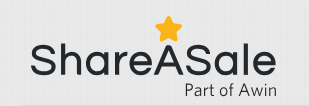
One of the largest and most popular affiliate networks with thousands of merchants listed. It includes several big brands, many of which can be found in this network exclusively. Their commission ranges from 5% to 20%.
ShareASale is a great place to unearth new profitable niches.
If you consider joining it, click here.
Commission Junction (CJ) Affiliate

It is considered to be the biggest affiliate platform. You can find hundreds of brands and advertisers in every category and an unlimited range of digital and physical products. It is a great place to start for newbies since their approval process is fast and doesn’t require any fees.
Rakuten

It has some of the top brands and advertisers on board and many high-quality products can be found here. To become a Rakuten affiliate, you need a proven track record; they don’t approve affiliate marketing beginners.
Choose The Ideal Merchants
The merchant you are affiliated with will be your business partner. For this reason, before closing a deal with them, it is recommended that you gather all the information you can possibly find about their business. Of course, the qualities that make a merchant ideal are associated with the quality of the corresponding affiliate program they run. But apart from commission rates, tracking system, cookies, etc. that all depend on a specific program or network in general, there are plenty of other factors that a merchant is exclusively responsible for.
So, before closing an affiliate deal with a merchant, check out if it meets the following:
Products Quality
Finding the right product(s) to promote is a big part of affiliate marketing, but the key to being successful is to establish credibility and foster confidence with your audience. Once you find a merchant to collaborate with, the next crucial step is to check the quality of their products. There are thousands of shops that offer similar products online. If you want to preserve your blog or a channel as a trustworthy source, before you promote the products to your followers, you first need to test the products. An unreliable product can ruin your audience’s trust in you, so try to recommend only products and services that you truly believe in.
Stock Availability
If you promote products from large e-commerce stores (and of course, you won’t be their only affiliate partner), you should expect that products might be out of stock when a visitor of yours eventually decides to click on an affiliate link to make a purchase. This happens all the time, especially during big sales periods or new releases. An established affiliate can negotiate an exclusive sale of a product or may have a good relationship with the merchant so that a merchant informs the affiliate about the availability of its products. You and many other affiliates may not have these privileges so here are some good tactics you can follow:
- Offer your audience the option to purchase from more than one merchant. Linking to two or three merchants for the same product will get you out of the risk of out-of-stock products, and consequently, unsatisfied followers.
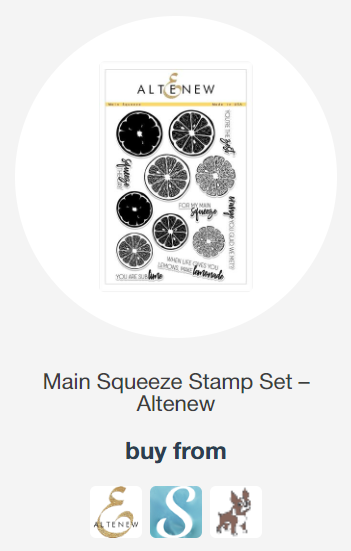
- Before adding a product to your recommended supply list, visit merchant’s site and check the availability of the chosen product.

Most sites clearly indicate that there are limited quantities of a specific product so customers can know which products will soon run out of stock.

Also, it is a good idea to regularly check your product links. You might have linked to a product that no longer exists and your link will now direct to an error page.

Should the product only be temporarily unavailable, there is no need to change the affiliate link to that product. But should the product remain unavailable for a significant amount of time, it is essential to search for an alternative product or merchant and link to new products.
Efficiency In Shipping Management
Once an order has been placed and paid for, the merchant should take care of managing the packaging and the shipping. At that stage, it is really important for an affiliate partner to check if the shipping and delivery times are met and if the products are getting properly to customers. Don’t underestimate this point since a bad delivery can mean losing the client and future sales.
What you can do to avoid losing future sales:
- Put yourself in the shoes of a potential customer and check not only product quality but also the whole procedure your audience need to go through once they decide to buy a product you recommended.

- Check the ratings of the product and customer reviews
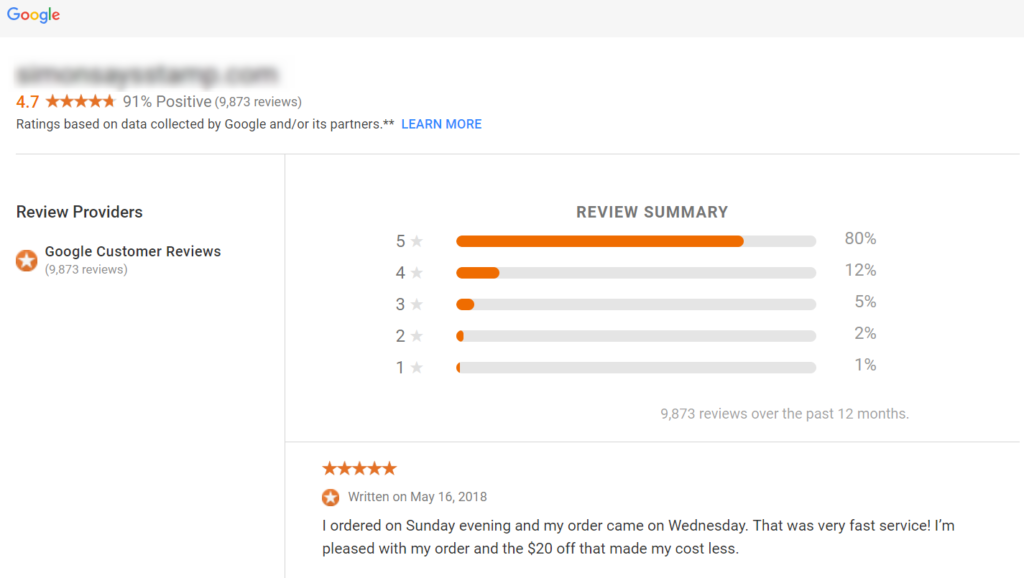
- Check shop’s return policy and see if a customer receives a refund or a new product in case he is not satisfied with the product delivered

Support
Nothing is more frustrating than facing an issue and there’s nobody who can help you to solve it. In e-commerce relationships where the merchant could be thousands of miles away, it is important to have dedicated customer support that can provide answers about questions related to products, shipping or payment procedure, and it is equally important for you to have support regarding affiliate links, commission deals, new releases, etc.
Select small merchants that don’t have too many affiliates so you can stand out from other affiliates and achieve results more easily.
Now, taking the discussion a little further, you have some things to take care of and are exclusively your responsibility as a blogger:
Be Transparent
As a blogger, you promote affiliate products in various ways using links and banners on your blog, YouTube, social platforms, etc. If you want to keep nurturing honesty with your followers, you need to let them know when a link is an affiliate one. In the end, as a blogger, your aim is not to deceive them, but to gain their trust and make them feel confident that you will promote only something of a value – and not just to get a commission.
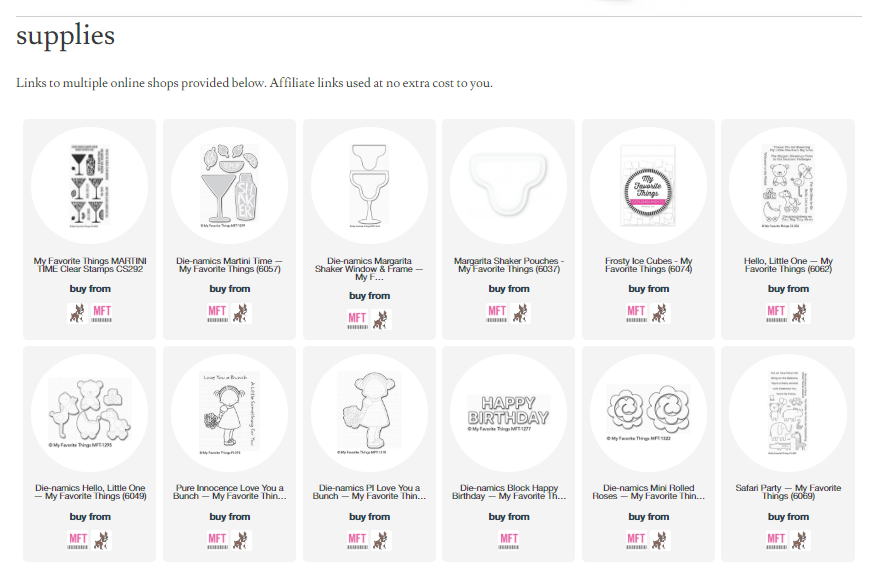
Additionally, it is required by law to place an affiliate disclosure in obvious areas in your blog posts. Disclosures are not only a legal necessity but also ensure a fair business practice.

After the new law about data protection has come into force, GDPR, affiliates should be more focused on compliance and transparency than ever before. (GDPR doesn’t make sense to you? Read here to clear the picture).
****
Affiliate marketing should be a win-win scenario for all participants. Merchants, affiliate partners and customers can all benefit from this relationship. The key in this relationship is creating value. The more value you can create for your audience, the more chance you have of succeeding as an affiliate.
Now, go out there and promote your lovely and profitable products!
Have any questions or suggestions? Submit your comment below!
